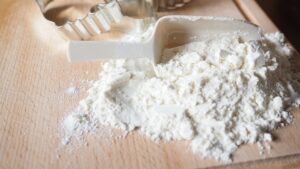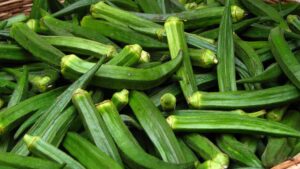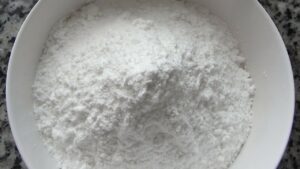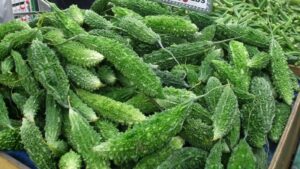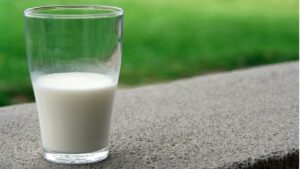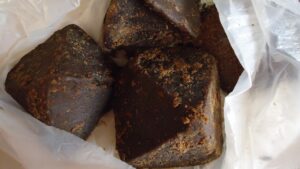We, Bengalis, call it ata. Hindi speaking people add an extra ‘t’ and pronounce it atta. In English, it has got a little bit of ornamentation and came to be known as whole grain flour or whole meal flour.
Regardless of what it is known by in different regions and lingos, whole meal flour is loaded with nutritional benefits.
In fact, dieticians always recommend whole meal flour as it is a healthier choice than white flour or what we call ‘maida’ in Bengali.
Whole meal flour is obtained by grinding the whole wheat grains. It is rich in fibre. Wheat flour features a coarse texture, brownish colour and mildly sweet nutty flavour.
The word ‘whole’ means it contains all aspects of the wheat grains – the endosperm, germ and bran.
Uses of Whole Meal Flour in Indian Cuisines
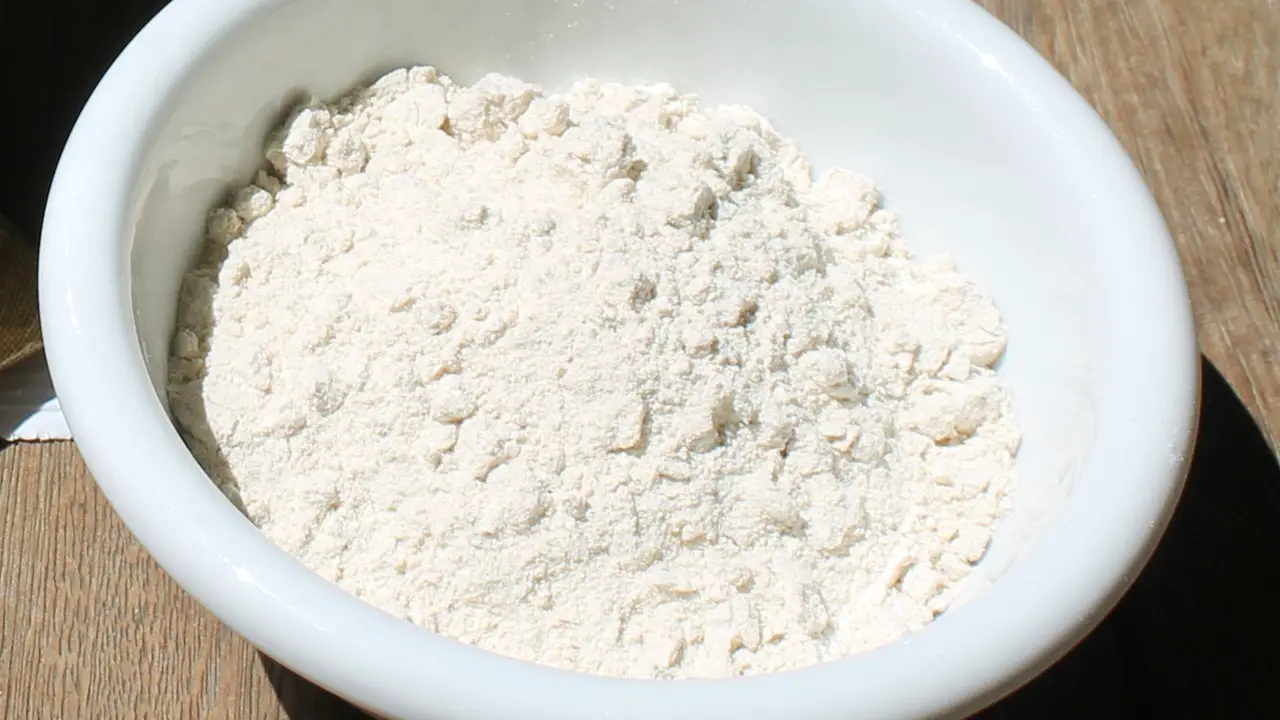
Whole meal flour is most commonly used in making Indian flat breads like roti, chapati, puri and naan.
Sometimes, it replaces white flour in baking to promise health-friendly outputs.
Atta is often mixed with maida to make luchi, paratha or several varieties of consumables as healthy as possible.
The mixture also promises a smooth texture to a significant extent. Health-conscious consumers use atta to make pizza bases.
You can also make parathas like Aloo ka paratha, gobi ke paratha, cheese paratha, paneer paratha, etc.
In fact there are snakes like thekua, chakli, sev, puri, mathri, thepla, khakra, shakarpara, muthiya, maggi, pasta, whole flour breads, etc.
There are sweets where atta is used like Golpadi, gunde ke laddu, atta ka sheera, puran poli, etc.
How Does Whole Meal Flour Taste?
Whole meal flour has a nutty and slightly sweet taste.
It has a coarser texture compared to white flour, and its color is usually darker due to the presence of bran and germ.
Some people describe the taste of whole meal flour as earthy or wheaty.
Because of its flavor and texture, whole meal flour is often used in recipes where a hearty and rustic taste is desired.
It is a popular ingredient in many traditional and regional cuisines, especially in bread-making and flatbreads.
Questions & Answers:
What Does Whole Meal Flour Contain?
Whole meal flour contains bran, germ and endosperm.
Is Whole Meal Flour the Same as Whole Wheat Flour?
Yes, Whole Meal Flour and Whole Wheat Flour, both are the same.
Can You Use Whole Meal Bread Flour for Cakes?
Oh, sure. Whole meal Bread Flour will make your cakes nutritious. And believe me, it will taste awesome.
What is Whole Meal Flour Called in Different Languages?
Whole meal flour is called ‘ata’ in Bengali. Hindi-speaking people call it ‘chakki ki atta’ or simply ‘atta’. In Gujrati, it is called ‘ato’, Whole wheat flour is known as ‘kaneek’ in Marathi, ‘godumai maavu’ in Tamil, ‘godhuma pindi’ in Telugu, ‘gothambu mavu’ in Malayalam and godi hittu’ in Kannada.
Conclusion
Whole meal flour, also known as whole grain flour, is a healthier option than white flour or maida.
It is rich in fibre and contains all aspects of the wheat grains, including the endosperm, germ, and bran.
In Indian cuisines, it is commonly used to make flatbreads like roti, chapati, puri, and naan.
It is also used in baking and in making a variety of snacks and sweets.
Whole meal flour has a mild, sweet taste and can be used in place of white flour in baking cakes and cookies.
Wholemeal bread flour is also a nutritious option for making cakes.
Regardless of what it is called in different languages and regions, whole meal flour is a versatile and nutritious ingredient to incorporate into one’s cooking and baking.

